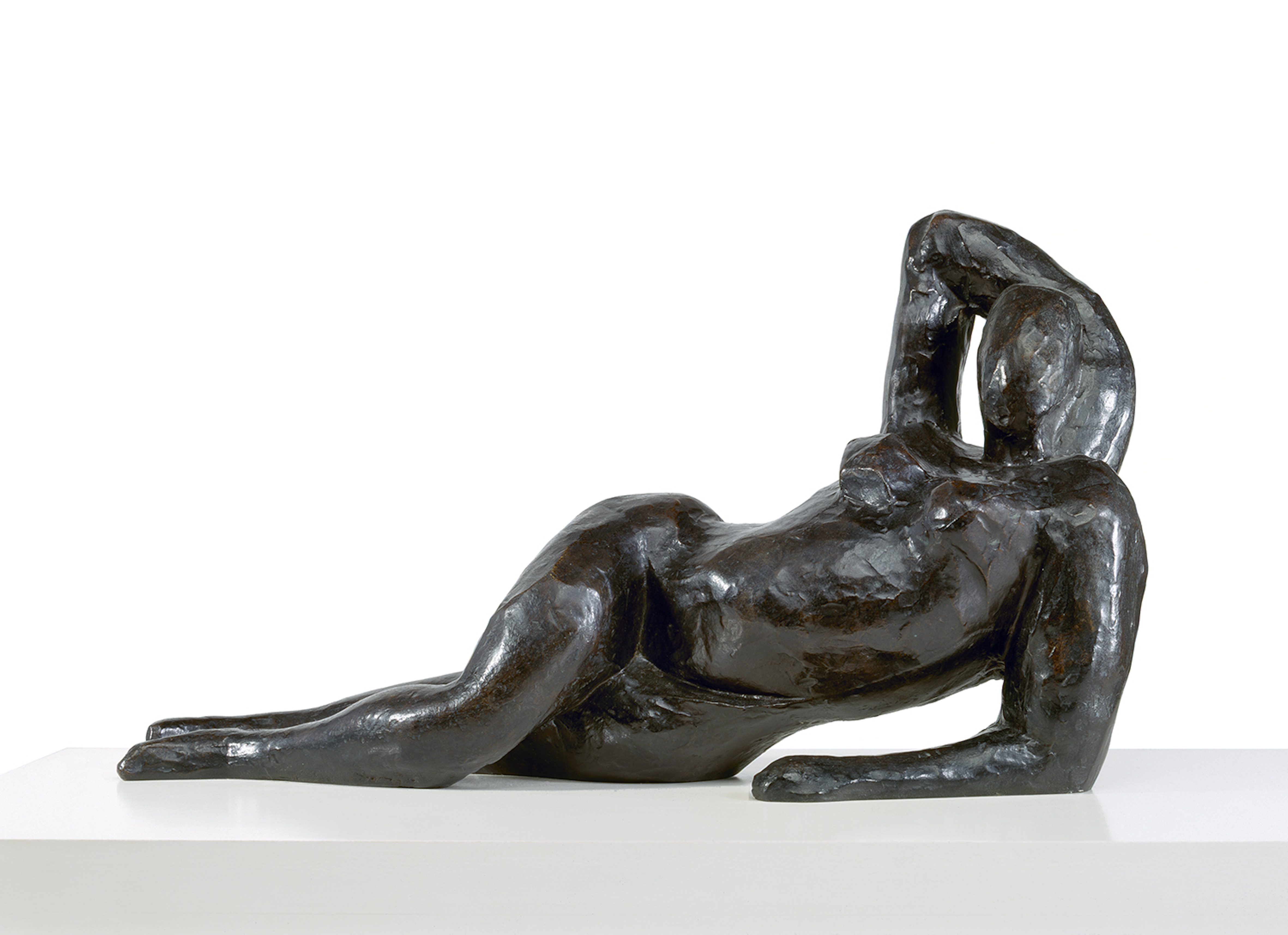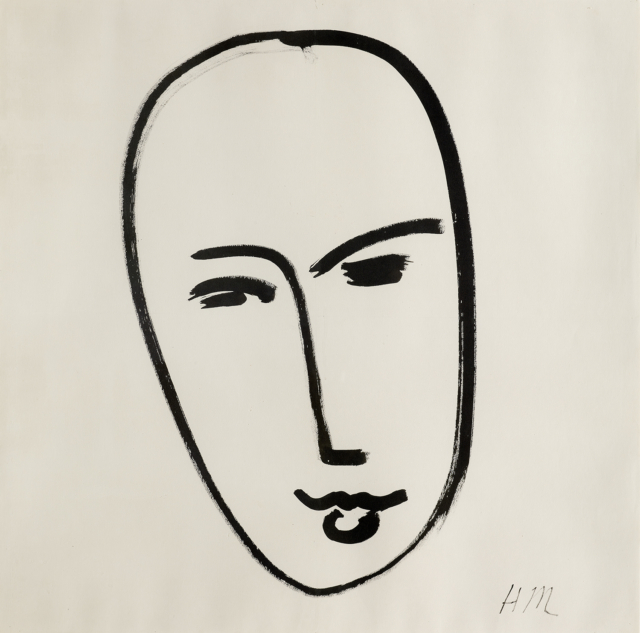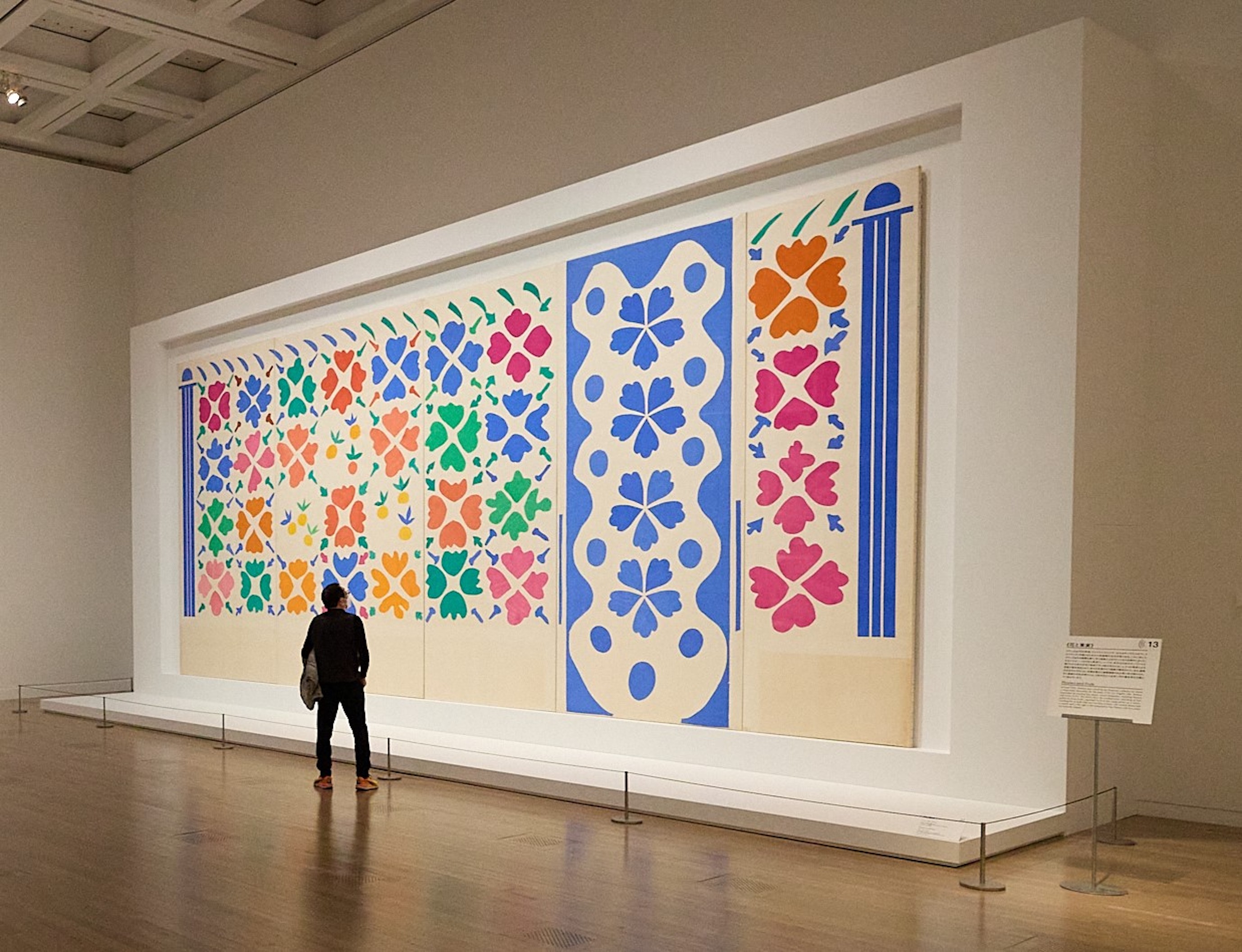HENRI MATISSE – FORMS IN FREEDOM
HAPPENINGText: Alma Reyes
An area is devoted to the artist’s voluptuous bronze sculptures, and a few scattered in some sections. The busts, such as the popular Jeanette and Henriette series take abstract forms. Full-bodied female figures suggest sensuous silhouettes, such as Reclining Nude II (1927), The Serpentine (1909), and Madeleine II (1903).

Henri Matisse, Reclining Nude II, Foundry 1953, Musée d’Orsay, Paris (on loan to Musée Matisse Nice) © Succession H. Matisse, Photo: François Fernandez
Matisse was renowned for such interpretations of the feminine contours. These can be seen as well in the renowned Woman with Blue Bodice (1935), Nude in an Armchair, Green Plant (1936), and in his prints and drawings of women. He often dressed up his models in oriental costumes accompanied by exotic objects, such as in Arabesque (1924) and Figure in front of African Tapa (1929). Matisse remarked, “Suppose I want to paint a woman’s body: first of all I imbue it with grace and charm, but I know that I must give something more. I will condense the meaning of this body by seeking its essential lines. The charm will be less apparent at first glance, but it must eventually emerge from the new image which will have a broader meaning, one more fully human.”

Henri Matisse, Large Face, Mask, 1951, Musée d’Orsay, Paris (on loan to Musée Matisse Nice) © Succession H. Matisse, Photo: François Fernandez
Visitors will be in awe by the wide collection of drawings in pen, ink, and gouache on display. The portfolio Drawings, Themes and Variations was published in 1943 and consisted of 160 sheets carried out between 1941 and 1942. Between 1946 and 1952, Matisse produced countless ink and brush drawings of faces, such as Large Face, Mask (1951), which has become an iconic work. The lines are firm, simple, and utterly effortless.

Henri Matisse, Flowers and Fruits, 1952-1953, Musée Matisse Nice © Succession H. Matisse
The largest wall display in the exhibition, Flowers and Fruits was a commission by an American collector to Matisse to produce a massive decoration for his Los Angeles patio. It serves as the principal display in the main hall of Musée Matisse Nice. Matisse employed his cut-out technique on five joint canvasses, comprised of four paper cut-out maquettes. Four petals or three fruits are repeated, and two blue columns with vertical stripes are aligned on the sides. The artist perfected the paper cut-out technique in the 1940s, during a sensitive period of his illness. One can gaze endlessly at this giant piece while admiring the patterns of colors and motifs.
Read more ...





